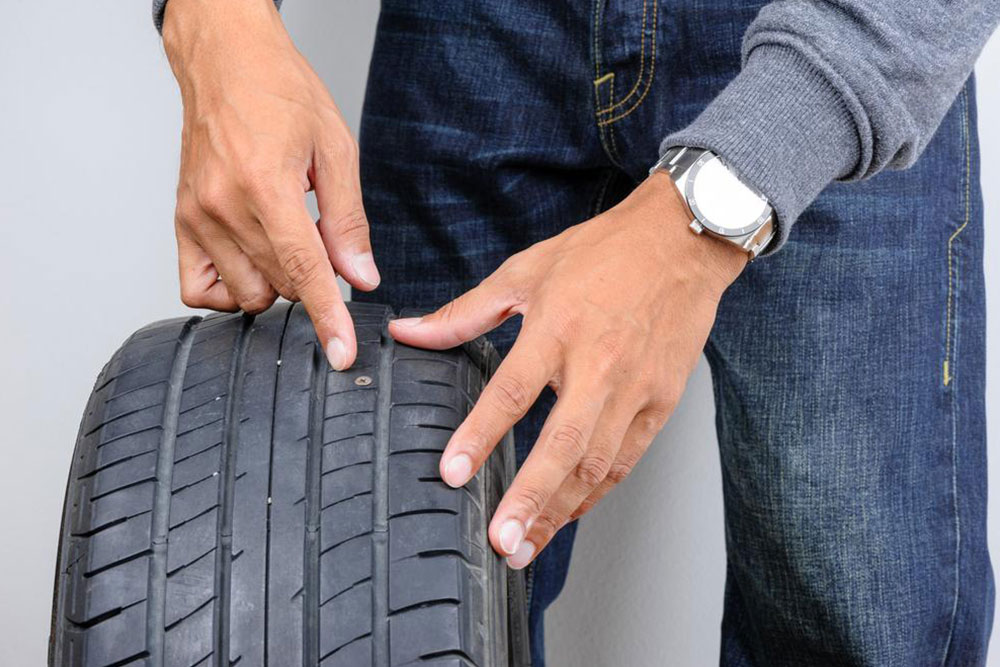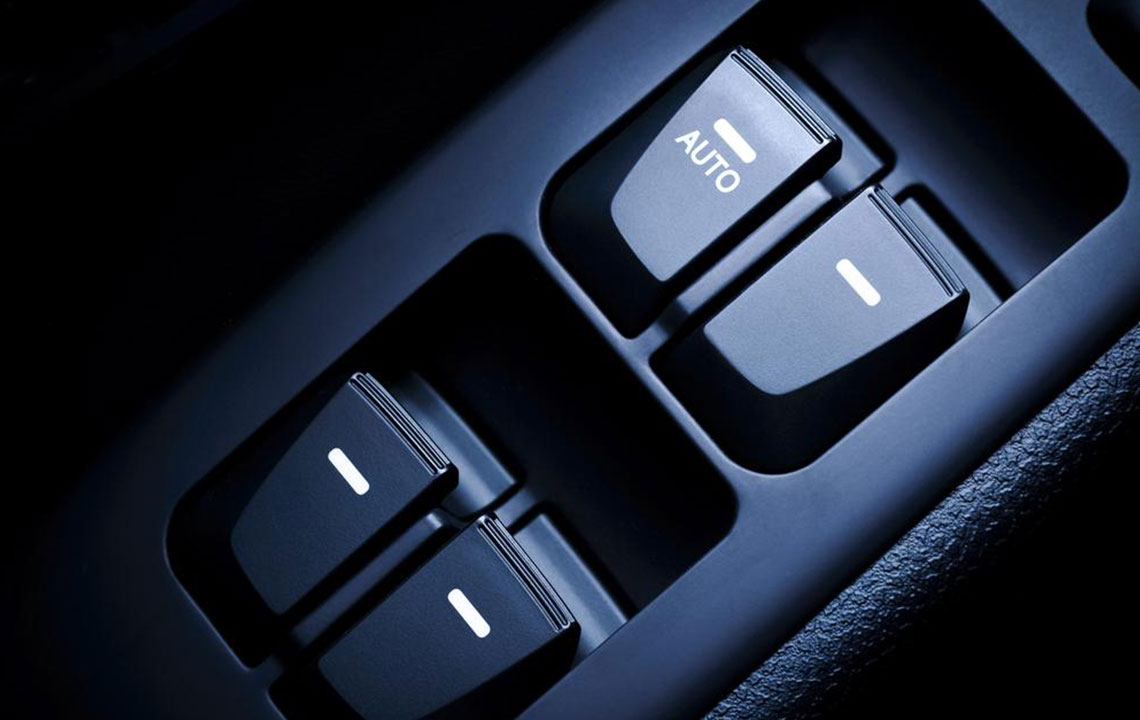Comprehensive Guide to Different Types of Vehicle Windshields and Their Benefits
This comprehensive article explores the various types of vehicle windshields, focusing on laminated and tempered options. It details their construction, safety features, advantages, and ideal applications, helping vehicle owners and repair professionals understand which windshield type best suits their safety needs. Learn about the manufacturing processes, safety standards, and repair considerations to make informed decisions for vehicle safety and compliance. An essential guide for anyone interested in automotive safety and windshield technology advancements.

Understanding the Various Vehicle Windshield Options and Their Advantages
In the ever-evolving world of automotive safety and design, vehicle windshields play a crucial role in ensuring passenger protection and vehicle integrity. Over the years, advancements in materials and manufacturing techniques have significantly improved windshield safety features. Older vehicle windshields made from basic glass materials were prone to breakage, posing safety hazards from flying shards upon impact. Today, modern windshields are engineered to be stronger, more resilient, and safer in various collision scenarios.
Modern windshields are primarily classified into two main types based on their construction and safety features: laminated windshields and tempered windshields. Each type offers distinct advantages, disadvantages, and specific applications in automotive safety. Understanding these differences is essential for car owners, repair specialists, and automotive manufacturers, especially when considering replacement or upgrades to ensure optimal safety and compliance with safety standards.
Laminated Windshields: The Premier Safety Choice
Laminated windshields are widely regarded as the safest type of vehicle windshield. The construction of this windshield involves bonding multiple layers of glass with a specially designed plastic interlayer, usually made of polyvinyl butyral (PVB). The manufacturing process involves high heat and pressure, which fuses these layers into a single, cohesive unit. This layered structure provides multiple safety benefits, making laminated windshields the standard for the driver’s side and most front windows in passenger vehicles.
One of the critical safety advantages of laminated windshields is their ability to resist shattering. When impacted, the glass may crack or chip, but the shards remain adhered to the plastic film, preventing dangerous shards from flying into the vehicle cabin and reducing injury risk. This property is especially vital during accidents, offering better protection for occupants and reducing the likelihood of serious injuries caused by flying glass.
Beyond safety, laminated windshields also shield occupants from harmful ultraviolet (UV) rays, which can cause skin damage and degrade interior materials over time. Additionally, minor cracks in laminated windshields can often be repaired without the need for full replacement, saving vehicle owners money and reducing repair time. The flexible nature of laminated glass also allows for seamless integration with modern vehicle aesthetics, shaping, and aerodynamic needs.
Manufacturers and consumers should look for certified laminated windshields that meet the stringent safety standards established by safety authorities such as the NHTSA (National Highway Traffic Safety Administration) and the FMVSS (Federal Motor Vehicle Safety Standards). Choosing quality laminated windshields ensures maximum protection, durability, and longevity for vehicle occupants.
Tempered Windshields: Strength and Safety in Breakage
Tempered glass represents another significant category of vehicle windshields, designed for durability and safety under high-stress conditions. The manufacturing process involves heating the glass to a high temperature and then rapidly cooling it, a method known as tempering. This process induces internal stresses within the glass, making it significantly stronger and more resistant to impact than ordinary glass.
When tempered glass does break, it shatters into large, blunt pieces rather than sharp fragments. This characteristic greatly reduces the risk of severe cuts and injuries from flying shards, thereby providing enhanced safety in case of accidents or breakage. However, unlike laminated windshields, once tempered glass is broken, it cannot be repaired or restored. The shattered pieces must be replaced entirely, which can involve higher replacement costs.
While tempered windshields excel in providing safety and heat resistance, they are less flexible in terms of repairability. They are often used in side windows and rear screens, where their strength and safety properties are particularly advantageous. For front windshields, tempered glass is generally less common compared to laminated glass, primarily due to the enhanced safety features of the latter.
Vehicle owners should consider tempered windshields in applications where impact resistance and safety are priorities. Reputable manufacturers and auto glass specialists offer high-quality tempered glass options that meet established safety standards, ensuring reliable performance during unforeseen impacts.
Choosing the appropriate type of vehicle windshield is a critical decision that influences safety, durability, repairability, and overall driving experience. Laminated windshields are ideal for primary safety and repair flexibility, making them the preferred choice for front windows. Conversely, tempered windshields are advantageous where impact strength and heat resistance are required, particularly in rear or side windows. To ensure safety compliance and optimal protection, vehicle owners should consult professional auto glass services for high-quality products that meet all relevant safety standards.
In conclusion, understanding the differences between laminated and tempered windshields helps consumers make informed choices that enhance safety and vehicle performance. As automotive safety technology continues to evolve, so too will the materials and construction methods used to produce windshields. Keeping abreast of these innovations ensures that vehicle protection remains at the forefront, safeguarding drivers and passengers alike.





